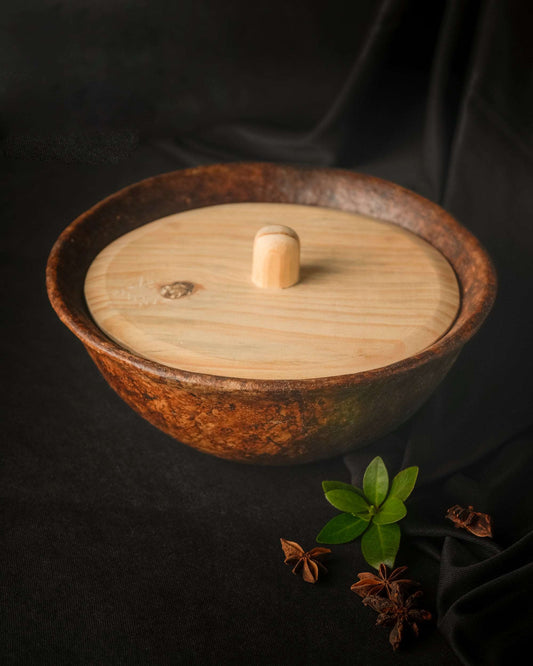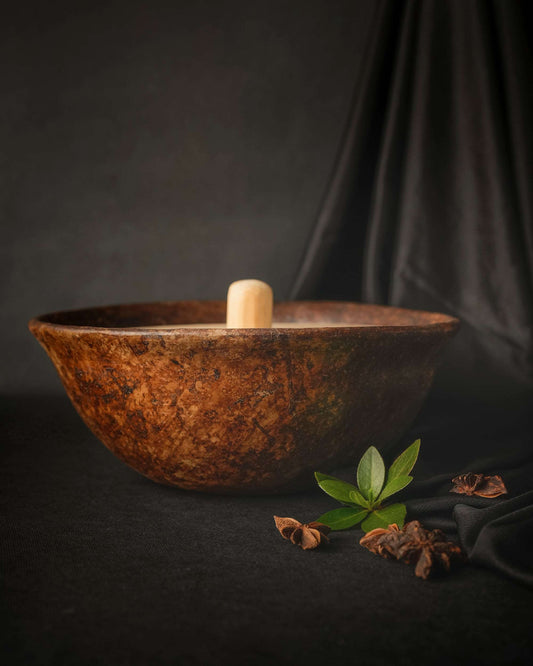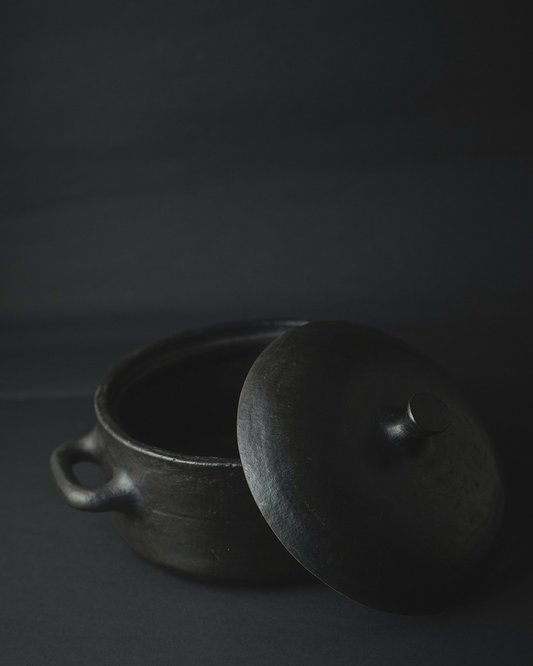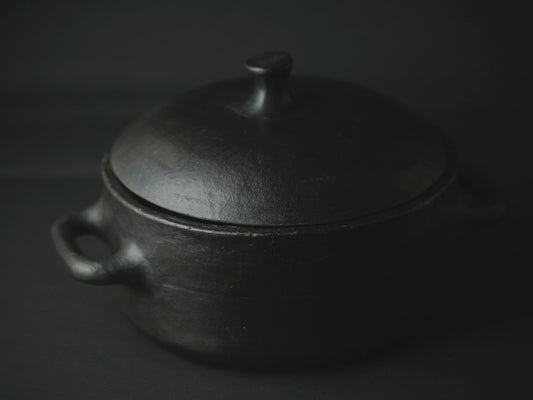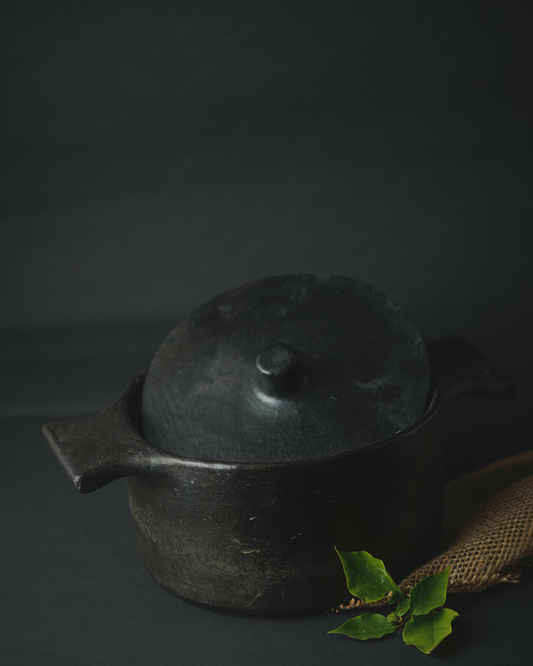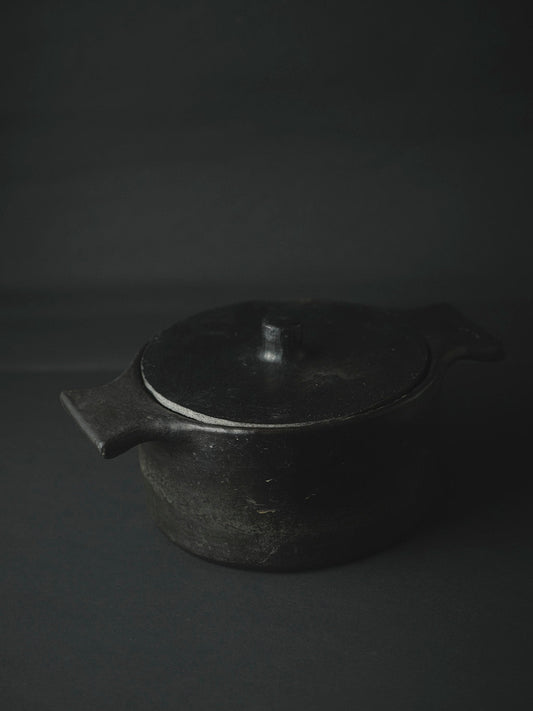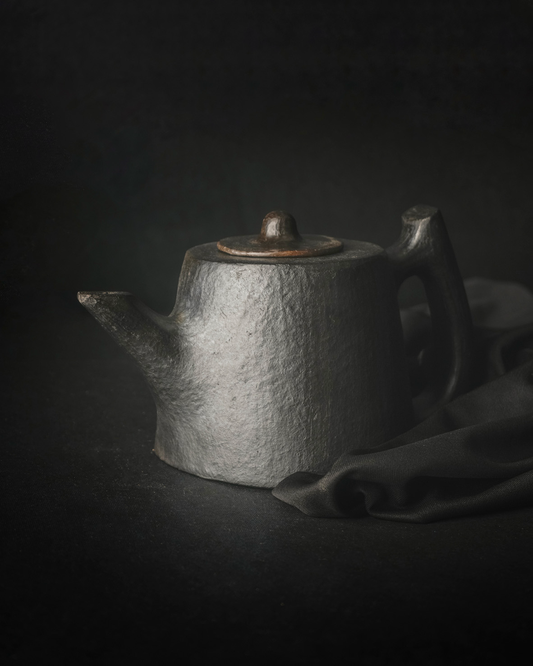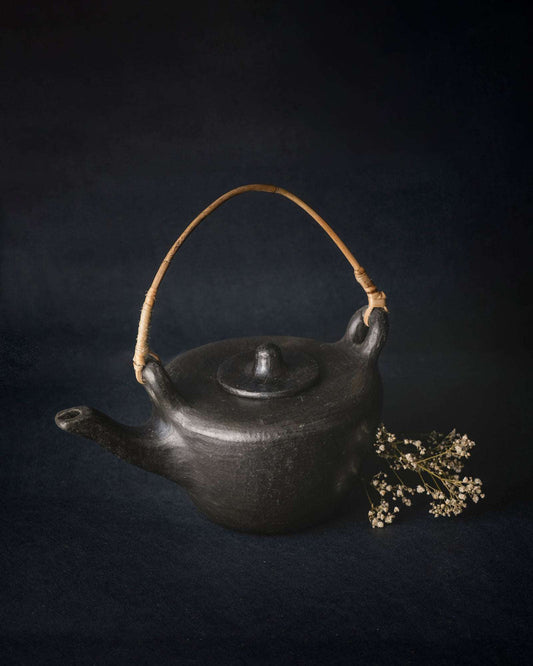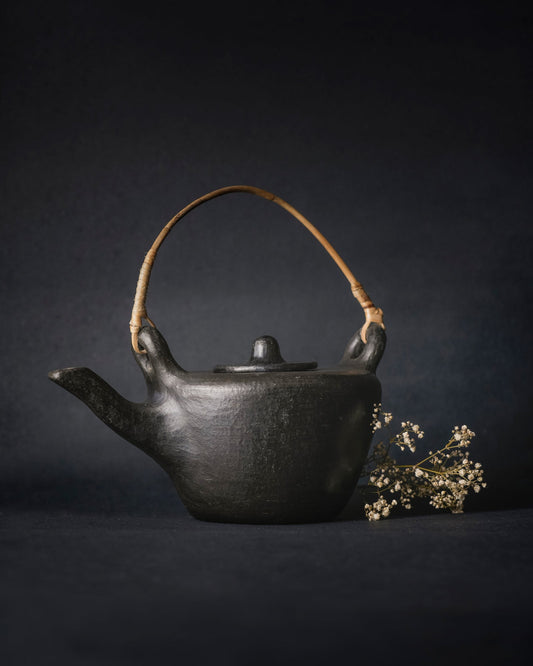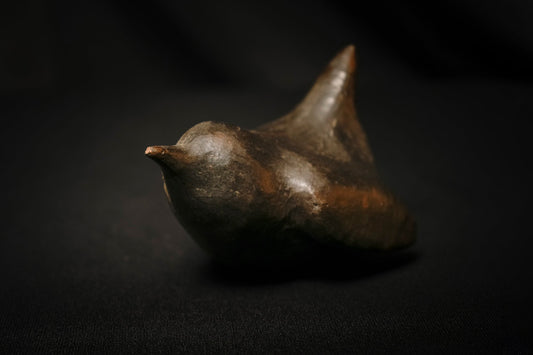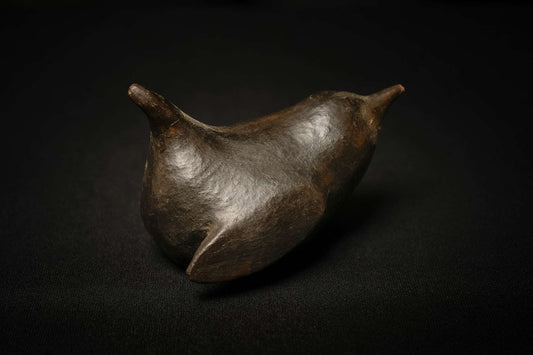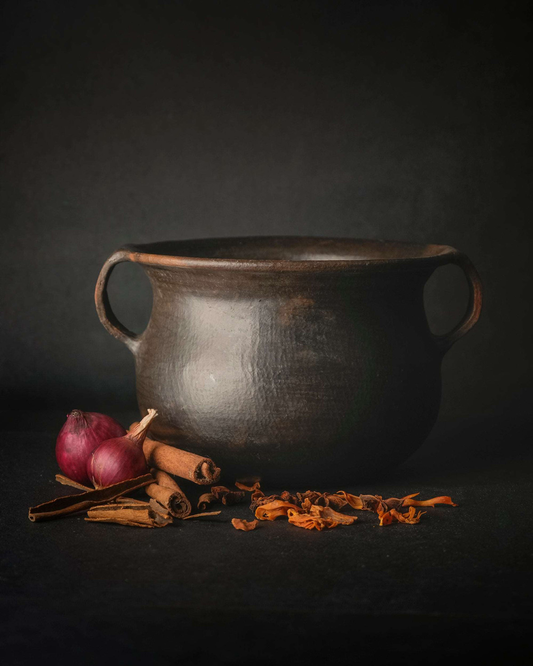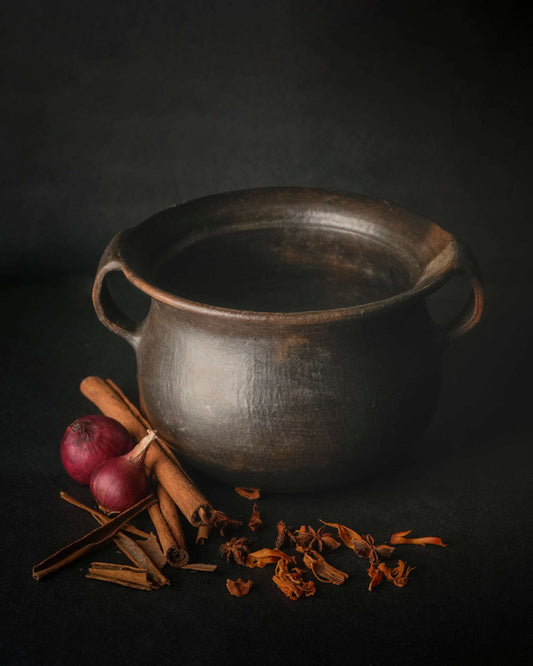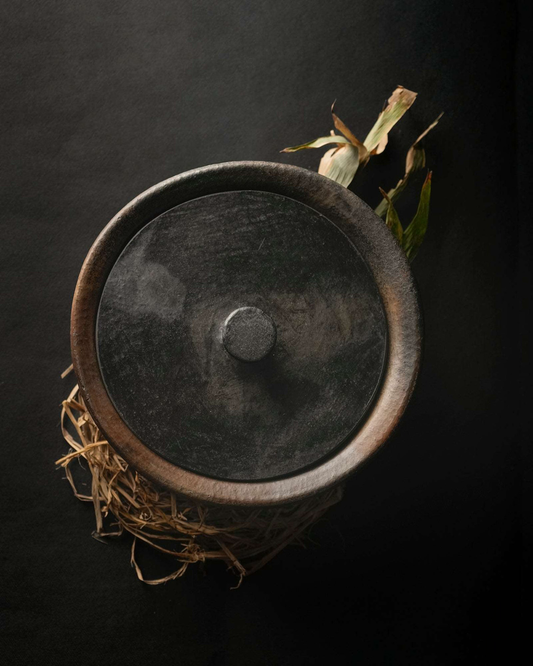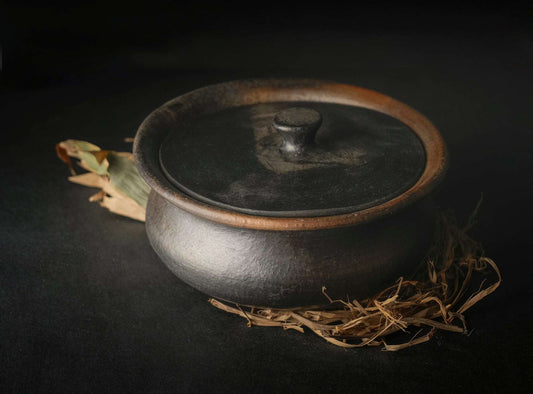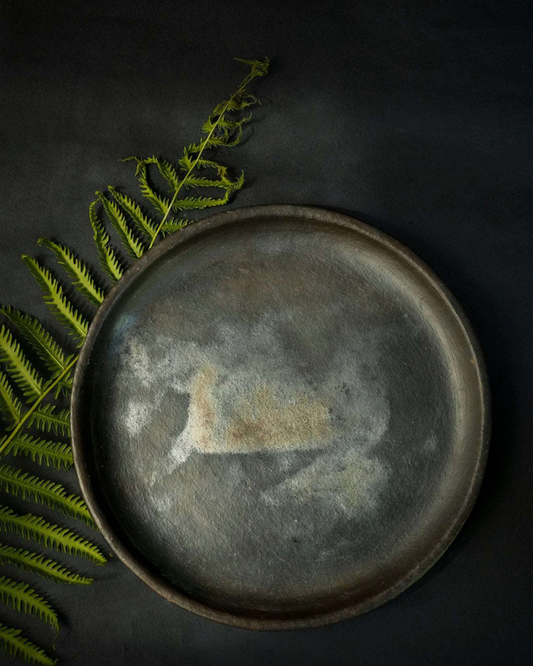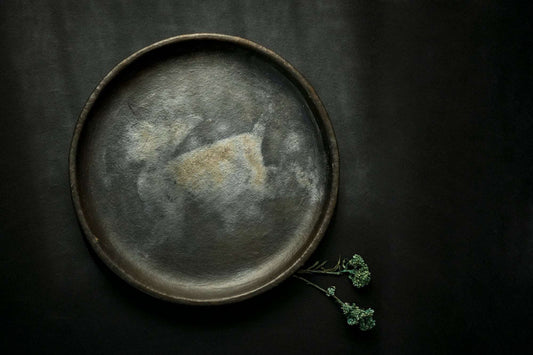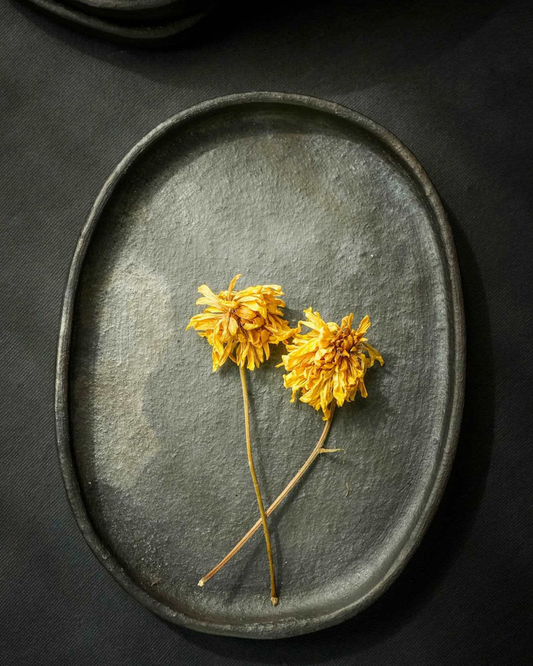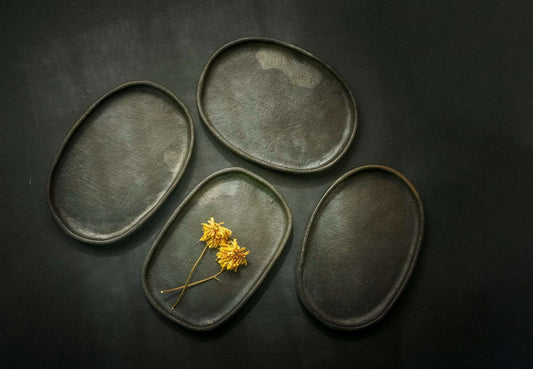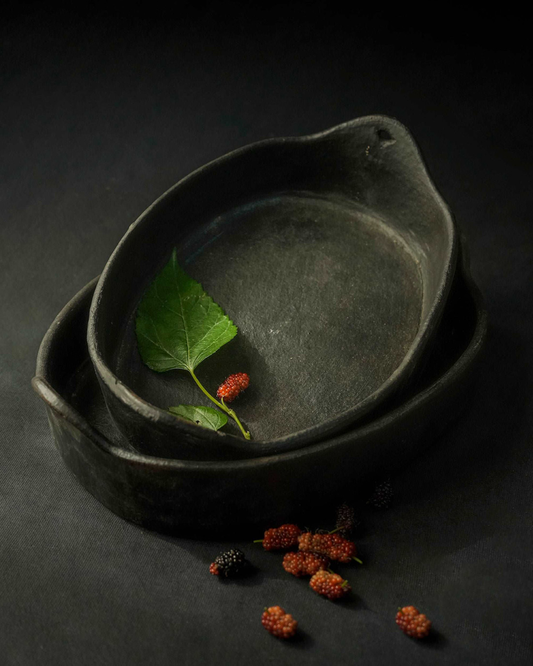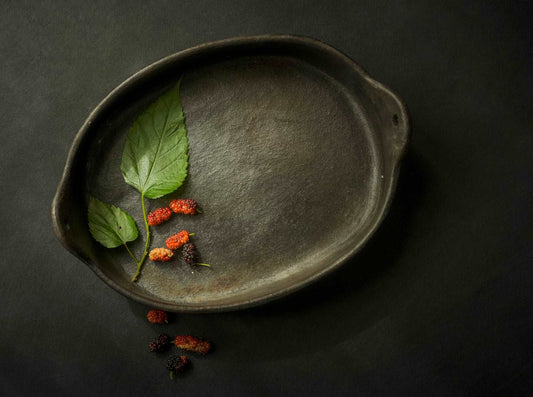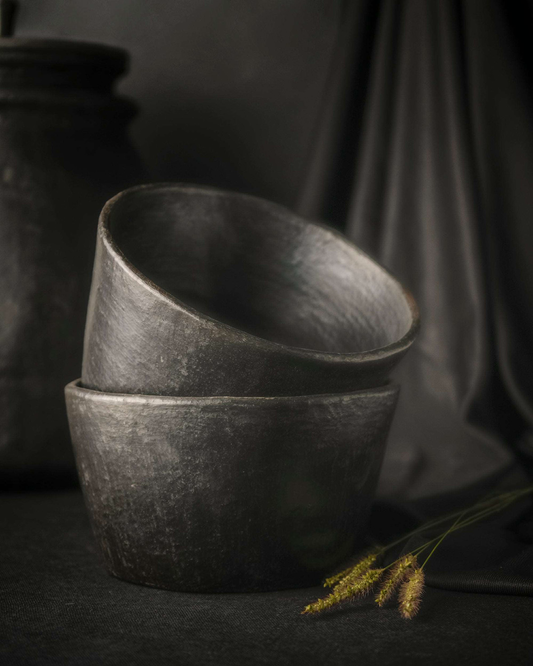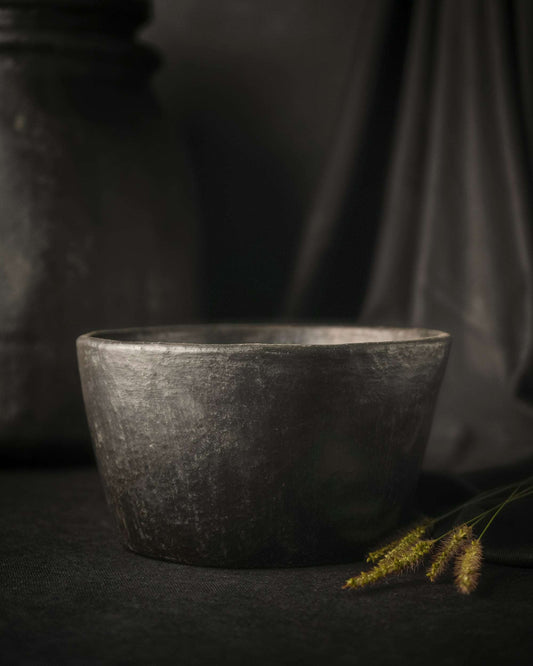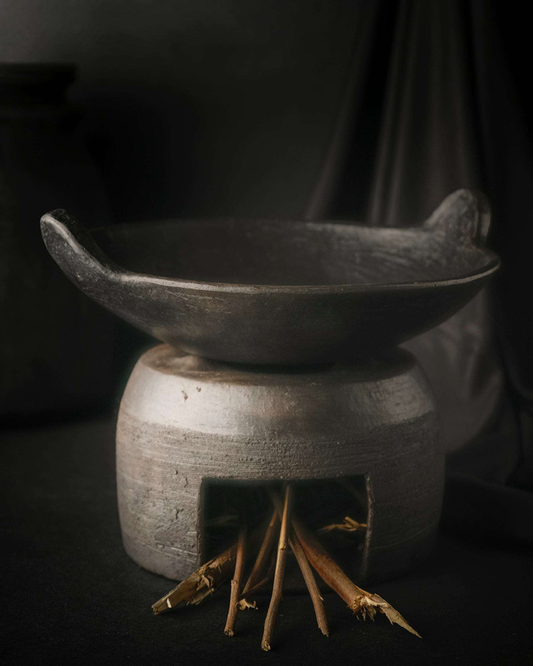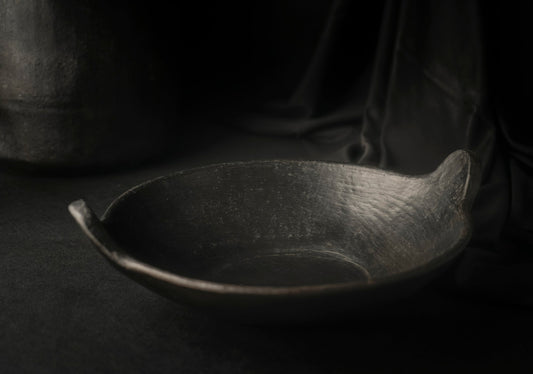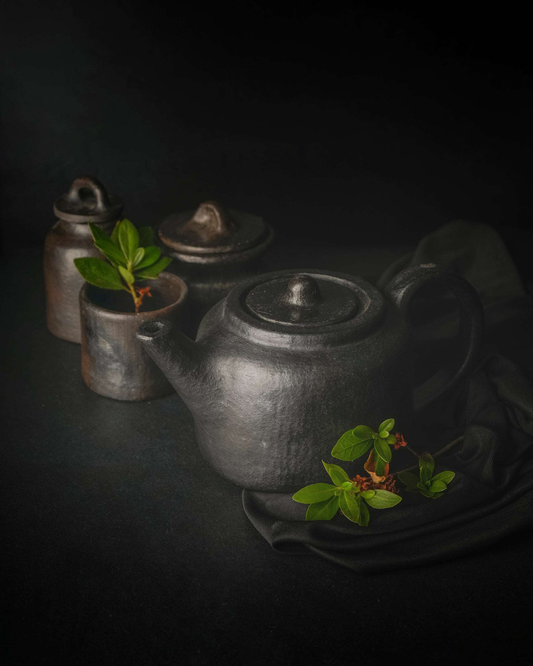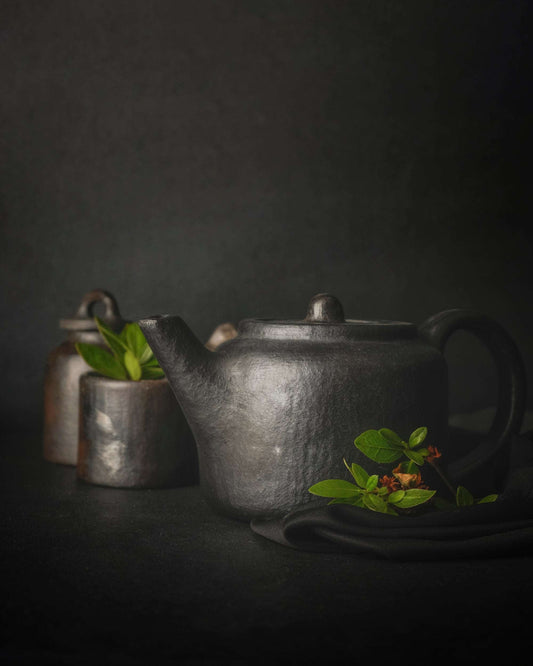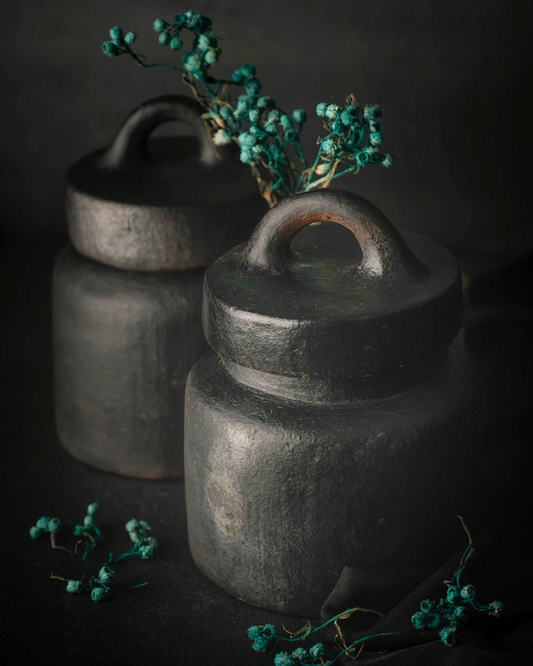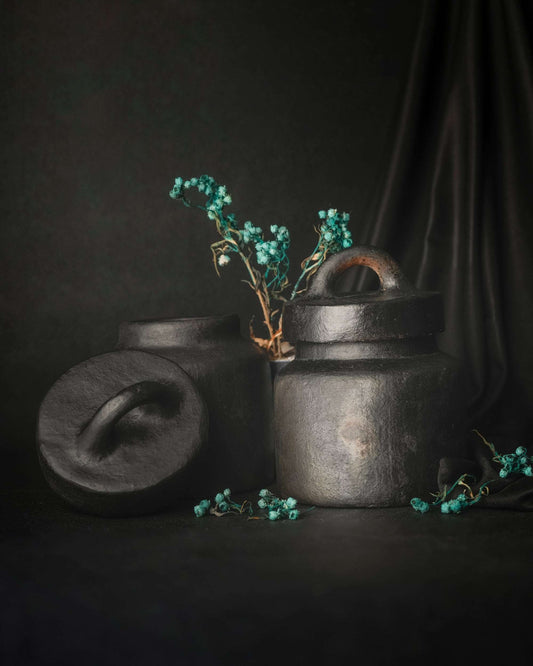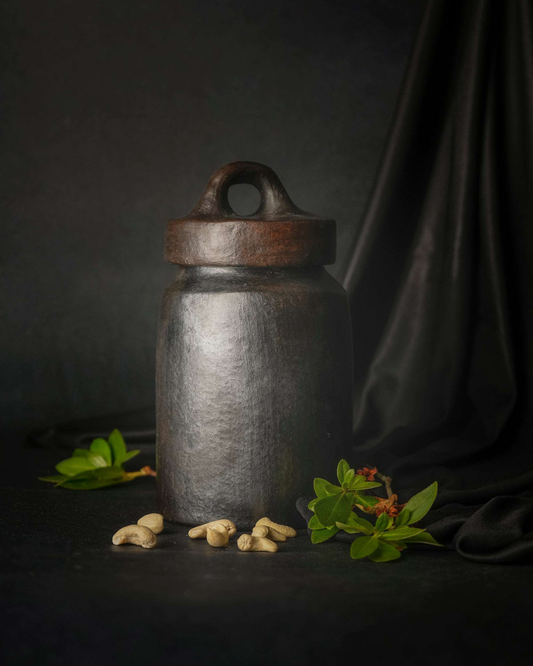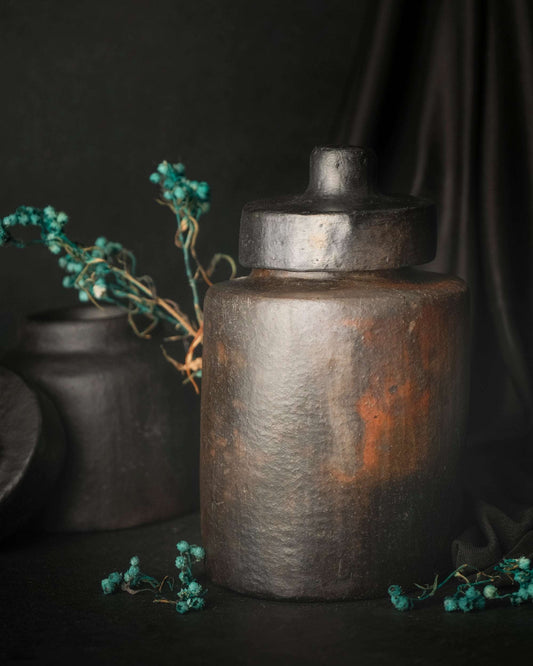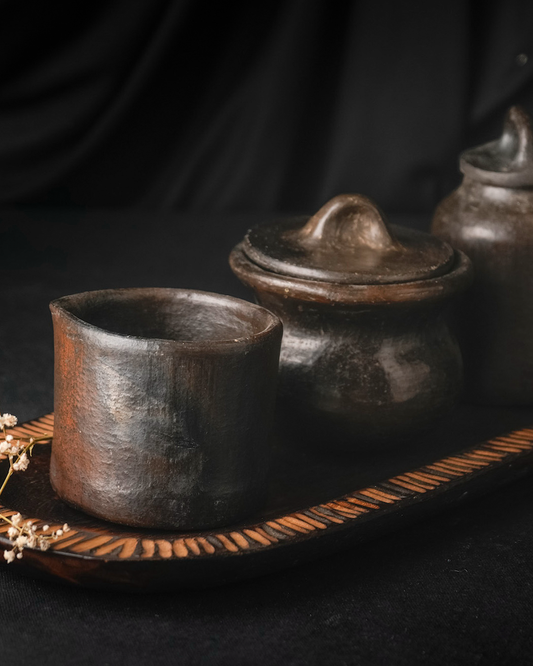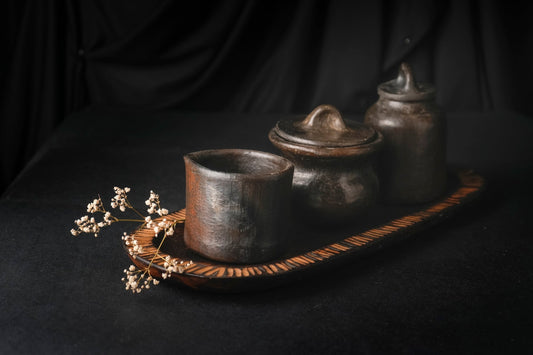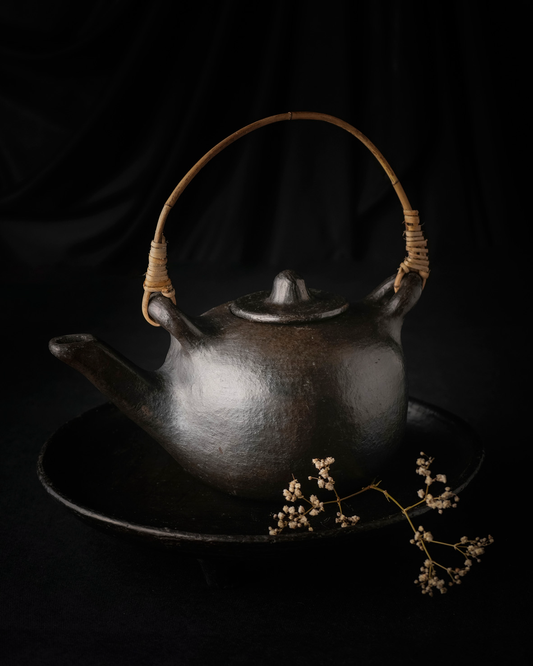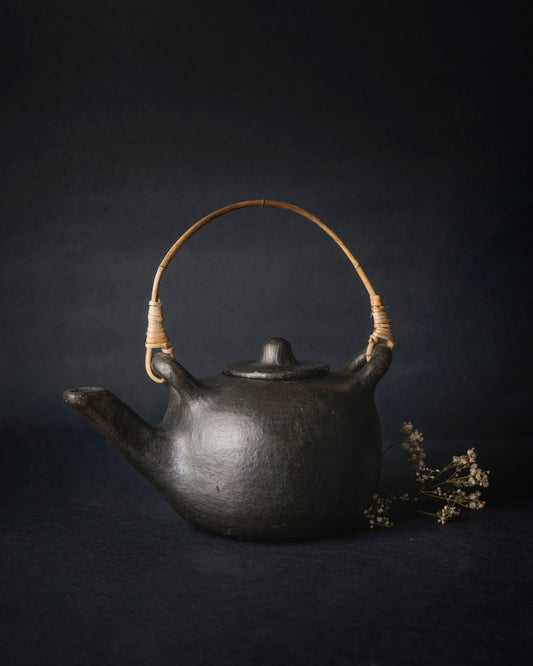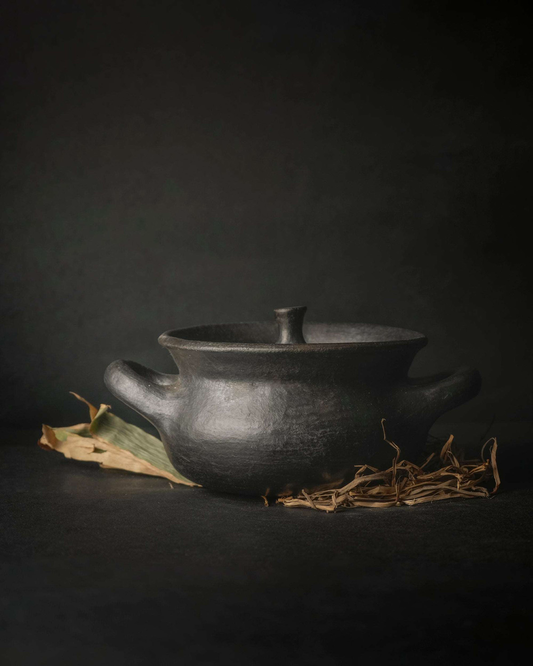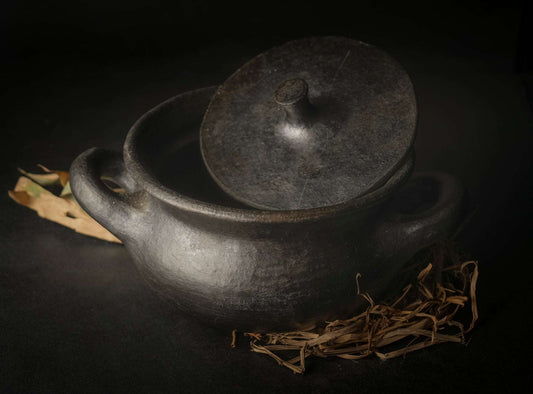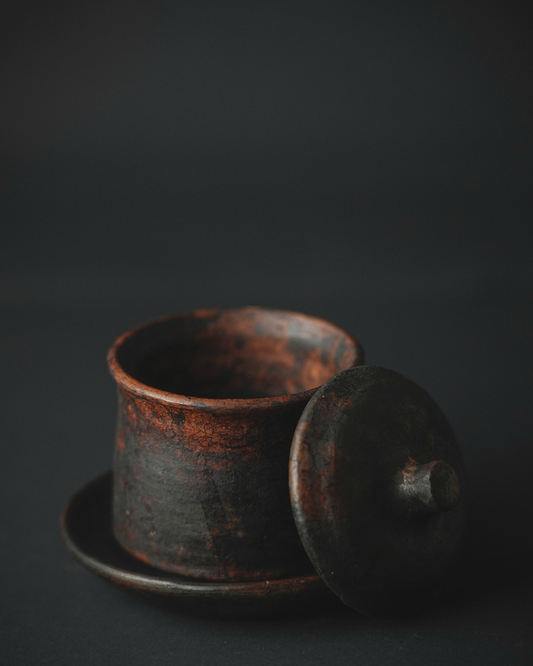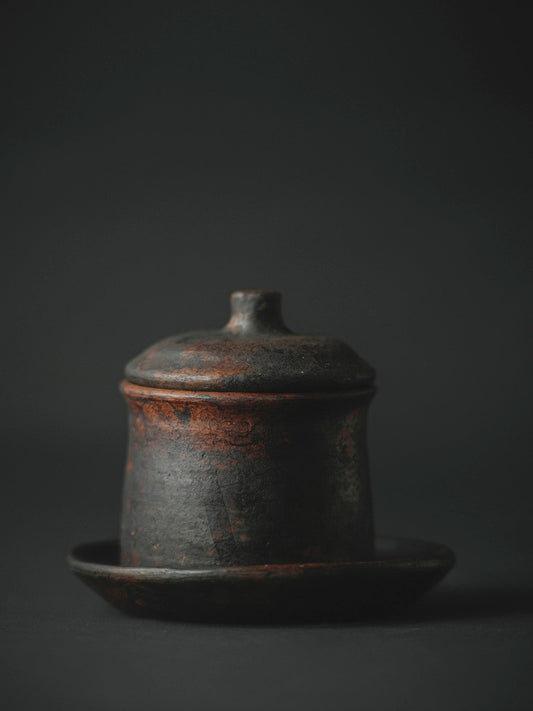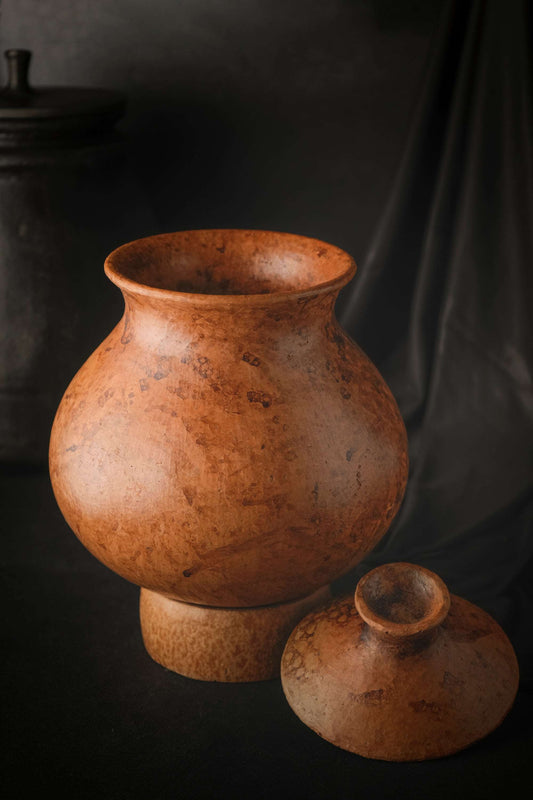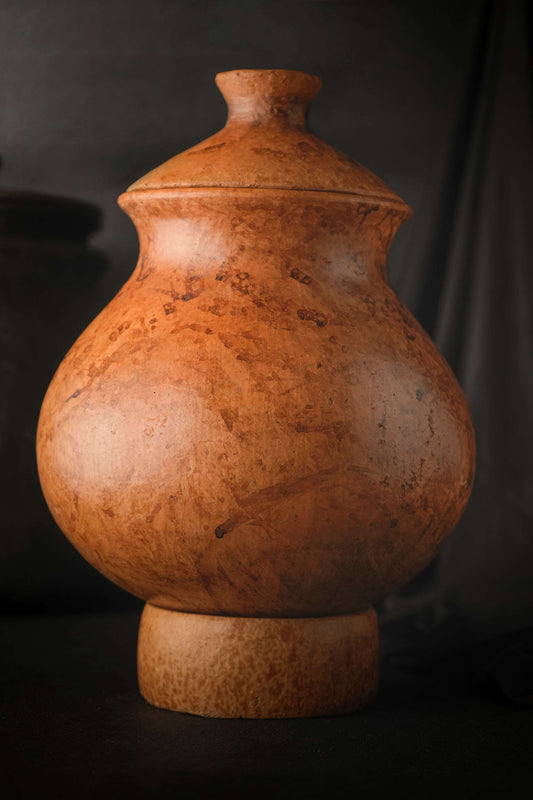Collection: Earthenware-Charai Taba Andro Pottery, Meghalaya Black Pottery, Thongjao Pottery
-
Kadhai de cuisine fossile
Prix habituel Rs. 3,000.00 INRPrix habituelPrix unitaire / par -
Marmite fossile
Prix habituel Rs. 3,500.00 INRPrix habituelPrix unitaire / par -
Casserole en grès de poterie noire Longpi | 2 litres
Prix habituel Rs. 5,000.00 INRPrix habituelPrix unitaire / par -
Cocotte en grès de poterie noire Longpi avec ailes à rabat 2 litres
Prix habituel Rs. 5,000.00 INRPrix habituelPrix unitaire / par -
Bouilloire Novel en grès noir Longpi
Prix habituel Rs. 2,800.00 INRPrix habituelPrix unitaire / par -
Bouilloire en grès de poterie noire Longpi - 1 L
Prix habituel Rs. 2,500.00 INRPrix habituelPrix unitaire / par -
Longpi Courage gagne toutes les guerres, nous dit ce petit rouge-gorge
Prix habituel Rs. 1,250.00 INRPrix habituelPrix unitaire / par -
Longpi Poterie Noire Grès Grande Marmite-3L
Prix habituel Rs. 5,500.00 INRPrix habituelPrix unitaire / par -
Longpi Poterie noire Grès Cuisson Handi
Prix habituel Rs. 3,500.00 INRPrix habituelPrix unitaire / par -
Assiette ronde en grès de poterie noire Longpi
Prix habituel Rs. 1,500.00 INRPrix habituelPrix unitaire / par -
Plateau ovale en grès de poterie noire Longpi
Prix habituel Rs. 2,000.00 INRPrix habituelPrix unitaire / par -
Assiette de boulanger en grès de poterie noire Longpi
Prix habituel Rs. 2,000.00 INRPrix habituelPrix unitaire / par -
Bol en grès moderne en poterie noire Longpi
Prix habituel Rs. 1,500.00 INRPrix habituelPrix unitaire / par -
Longpi Poterie Noire Grès Rond Kadhai
Prix habituel Rs. 3,000.00 INRPrix habituelPrix unitaire / par -
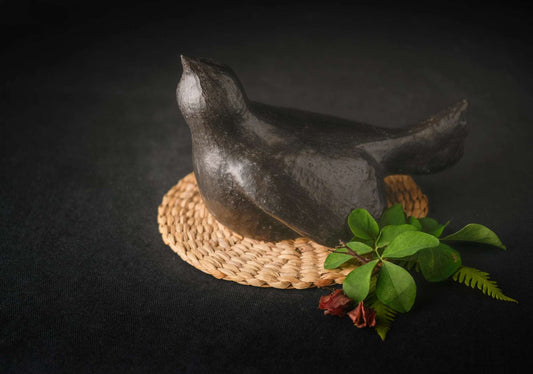
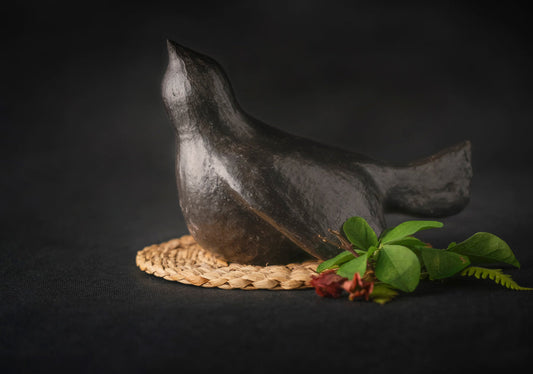 Épuisé
ÉpuiséLongpi Ô Coucou !
Prix habituel Rs. 1,250.00 INRPrix habituelPrix unitaire / par -
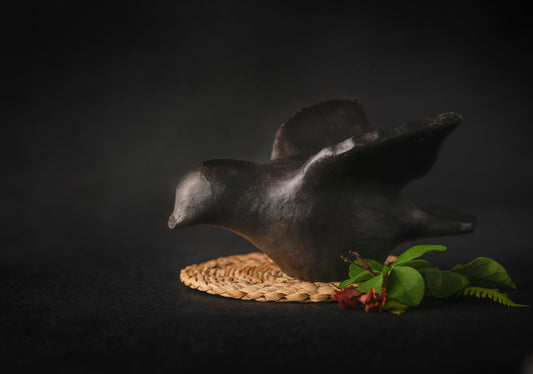
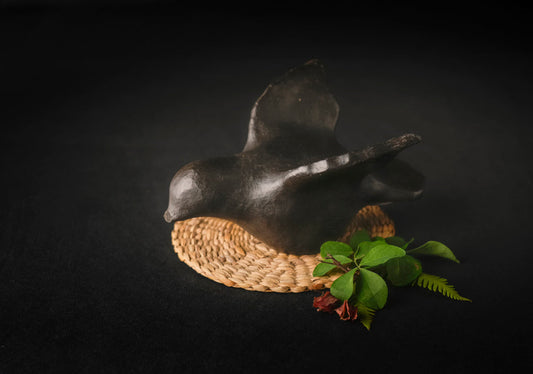 Épuisé
ÉpuiséLe vol du coucou Longpi
Prix habituel Rs. 1,250.00 INRPrix habituelPrix unitaire / par -
Service à thé en grès de poterie noire Longpi avec bouilloire
Prix habituel Rs. 8,500.00 INRPrix habituelPrix unitaire / par -
Petit pot de rangement en grès de poterie noire Longpi
Prix habituel Rs. 1,500.00 INRPrix habituelPrix unitaire / par -
Pot de rangement moyen en grès de poterie noire Longpi
Prix habituel Rs. 2,500.00 INRPrix habituelPrix unitaire / par -
Théière et serveur Longpi Black Pottery
Prix habituel Rs. 6,500.00 INRPrix habituelPrix unitaire / par -
Bouilloire en grès de poterie noire Longpi - 1 L
Prix habituel Rs. 2,500.00 INRPrix habituelPrix unitaire / par -
Casserole ou marmite en grès de poterie noire Longpi
Prix habituel Rs. 3,500.00 INRPrix habituelPrix unitaire / par -
Tasse à thé en poterie noire avec couvercle
Prix habituel Rs. 999.00 INRPrix habituelPrix unitaire / par -
Andro Yu Grande Marmite 6L
Prix habituel Rs. 6,000.00 INRPrix habituelPrix unitaire / par
Abonnez-vous à nos emails
Abonnez-vous à notre liste de diffusion pour recevoir des informations privilégiées, des lancements de produits et bien plus encore.
